Current Electricity-Definition, Types, And Uses
It is the branch of physics in which we study the electric charges in motion. Current electricity is used in different ways. We use it to run everything from light bulbs to computers.
What is Current Electricity?
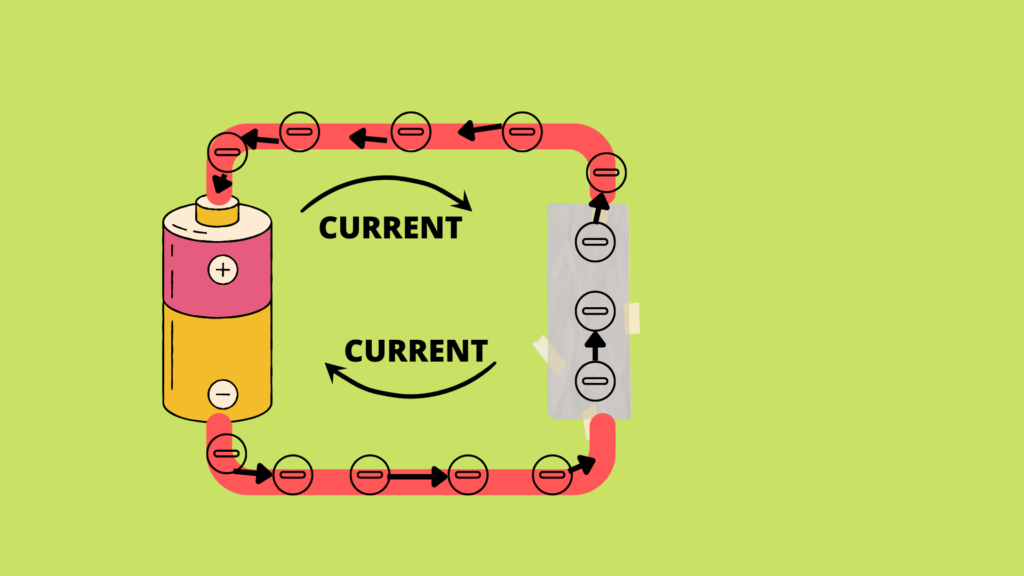
Electric current is the flow of charges. The presence of electric current can be detected by the effects of current e.g.
Heating effect
Magnetic effect
Chemical effect
The flow of current electricity is measured by ohm’s law which states that current flowing through a conductor is directly proportional to the potential difference.
The opposition offered to the current is called resistance. The resistors are of different types e.g. rheostat and thermistors. Resistivity is the resistance of a meter cube of material and it depends upon the temperature of the materials. A device is used to measure the unknown resistance that is called the Wheatstone bridge.
An electromotive force is required to flow the current from one point to another. Usually, a battery or a cell is used as an emf source. A very simple instrument that can measure the potential difference is called a potentiometer. Gustav Robert Kirchhoff gives Kirchhoff’s law to solve the complex current electrical circuit.
Electricity is a type of power that is generated by moving charged particles in a conductor or in a semiconductor. Electrons flow through a wire or a semiconductor, creating an electric potential difference. The voltage varies from zero volts at the negative pole of the battery to a maximum of about 1,800,000 volts at the positive pole. The direction of the current depends on the polarity of the battery, but the current is determined by the magnitude of the voltage applied.
The term “electricity” can refer to the force, the energy, and the electromagnetic waves. In the electrical sense, the word refers to the flow of electrons within a conductor.
How current electricity is measured?
Current electricity is electricity that is measured in amperes. The ampere is defined as one-coulomb charge flow in one second from a wire.
Why do we use current electricity?
We use current electricity because it is readily available and easy to store. It is used to power everything from our lights to our trains. Current electricity is used in different ways. We use it to run everything from light bulbs to computers.
How is current electricity generated?
There are many sources of current like cell, electric generator, thermocouples and solar cell.
Most electricity generation around the world comes from power plants that use turbines to drive generators. In a turbine generator, a moving fluid (water, steam, combustion gases, or air) drives a series of blades attached to a rotor shaft.
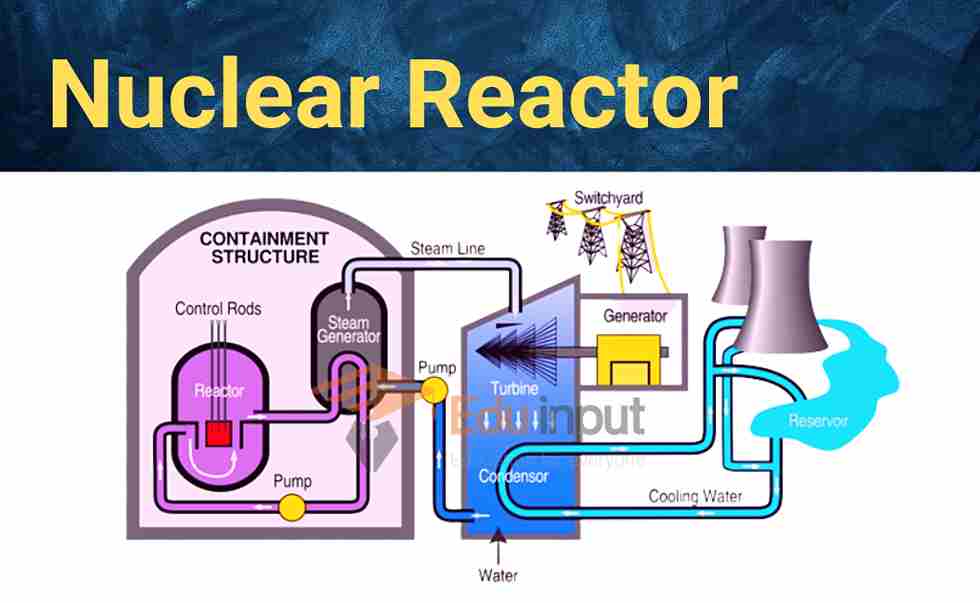
Electricity also produced in nuclear reactor by nuclear fission of radioactive elements.
Some other nonconventional energy sources are tidal energy, solar energy, and hydroelectricity.
Types of current electricity
There are two types of current
- Direct Current
- Alternating Current
What is direct current (DC)?
DC current is the type of current whose direction remains same. Direct current is used to operate many appliances such as DC Motor etc.
What is alternating current (AC)?
The current which reverses its direction several times per second is called alternating Current. Alternating current is produced by an A.C. generator.
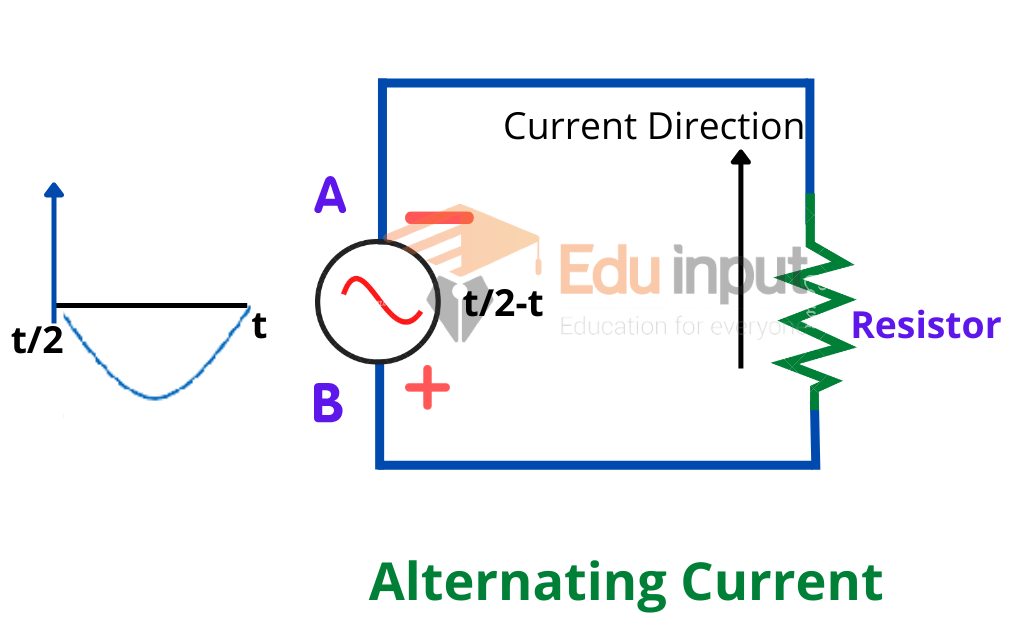
AC power is the type of power that is created by a power transformer. There are two types of transformer. Set up transformer and step down transformer.
What is an inverter?
An inverter converts direct current (DC) to alternating current (AC). Inverters are widely used in industry, and they are used in almost all electronic devices.
What is the difference between inverter and converter?
Inverters and converters are two different types of power supply. They do not share the same working principle or application. Inverters have a fixed frequency and amplitude, while a converter can change its output frequency and amplitude according to the load.


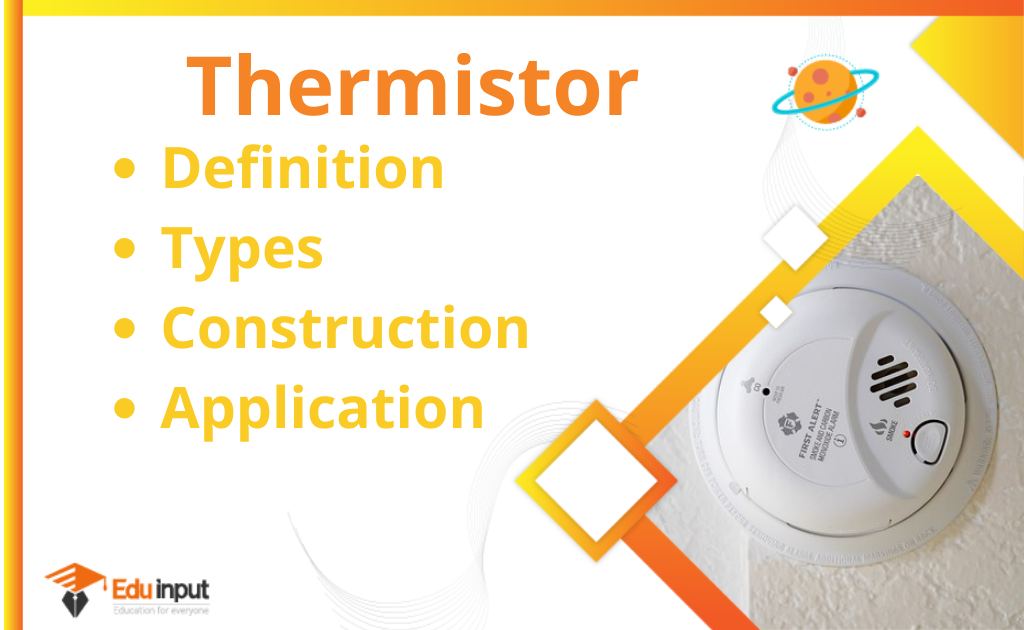
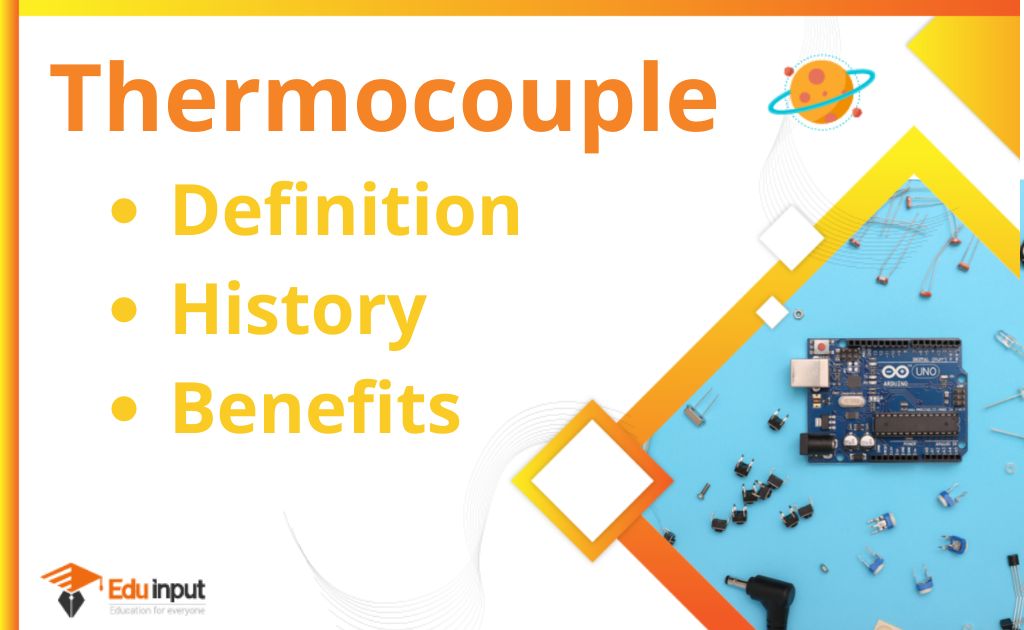



Leave a Reply